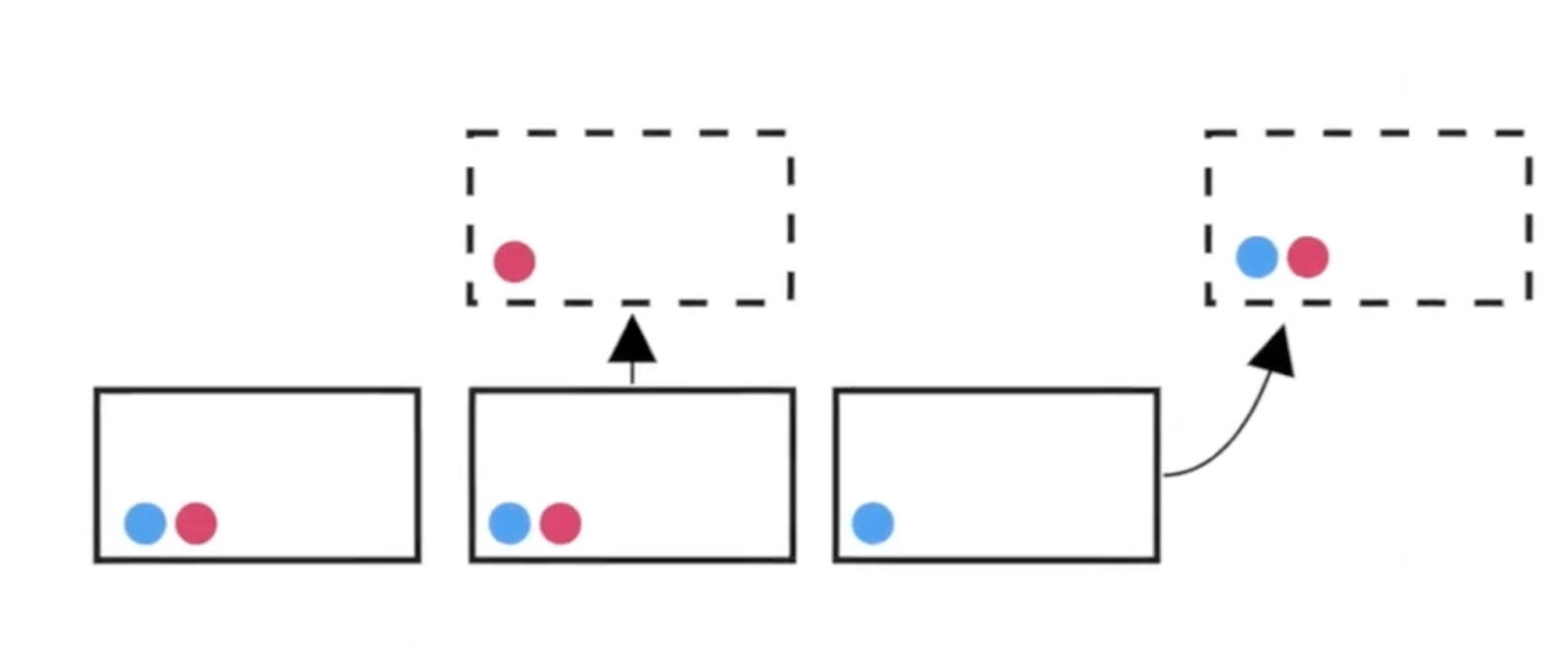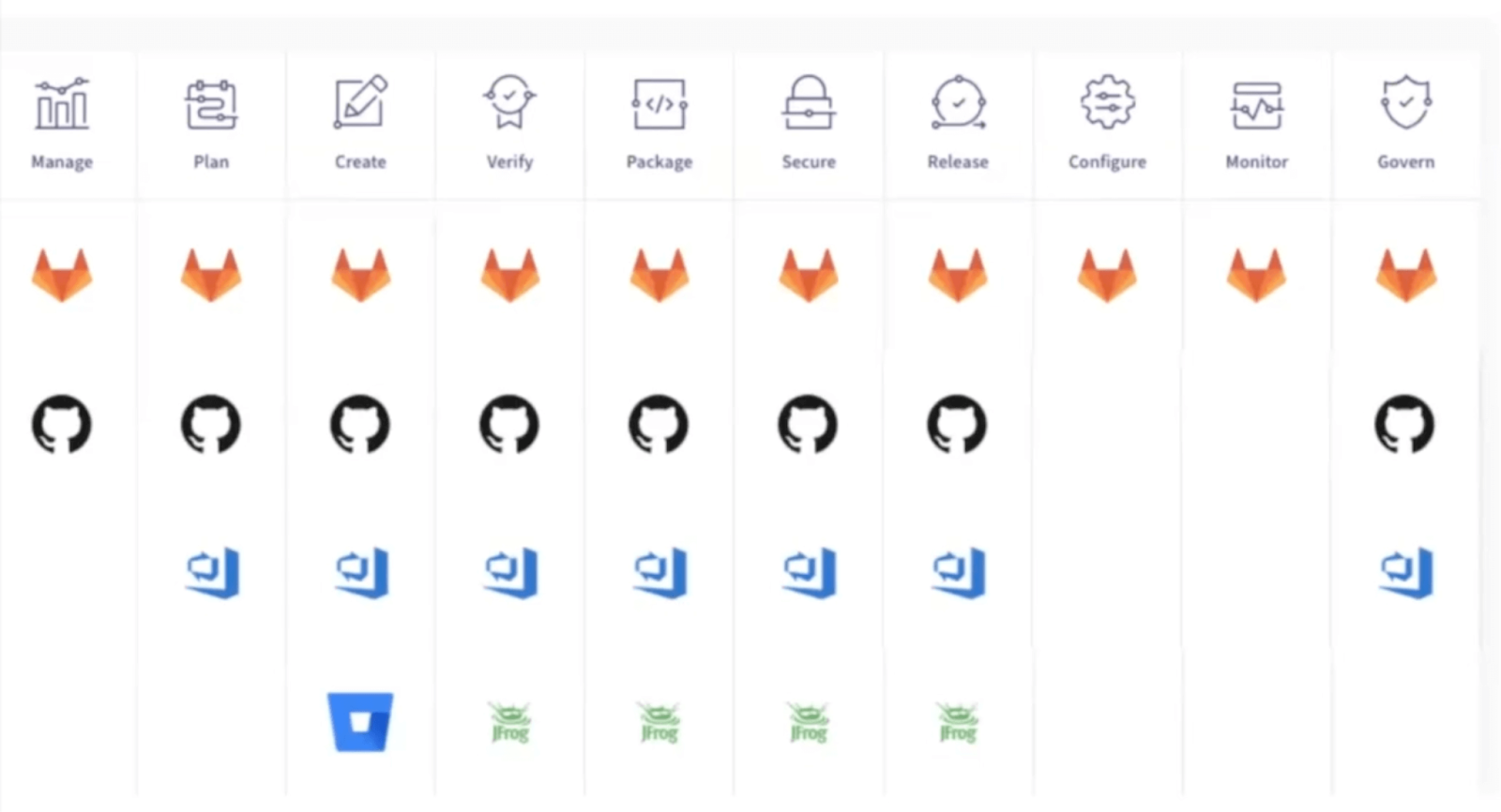Let me share something that took me years to figure out: your product team doesn't need another person telling them what to build. They need someone who understands the competitive landscape well enough to help them see opportunities they might miss.
I'm Alex, Director of Product Marketing at Airtable, and I've spent countless hours working with product teams on competitive intelligence. While most CI folks focus on sales enablement (and rightfully so – those customer-facing teams need answers for their calls this afternoon), I've always been drawn to more strategic collaboration with product orgs.
To help you execute that strategic collaboration, here’s a taste of what I’ll cover in this article:
- The mindset you need to work effectively with product teams
- How to create a market map for clearer competitive positioning
- The four key types of differentiation
- How to carry out a competitive deep dive to support tactical product initiatives
The mindset shift that changed everything
Here's the thing: working with product isn't about crafting the perfect battlecard or knowing exactly what to say when a competitor comes up.
It's about stepping back, looking at the bigger picture, and asking questions. Where are we strong? Where are we weak? What opportunities exist to differentiate? Which competitive gaps should we close – and perhaps more importantly, which ones should we ignore?
I sometimes hear CI professionals say things like "I want to use competitive intel to influence the product roadmap." Reading between the lines, what they're really saying is: "My product team isn't building the right things, and I have the data to prove it, but they just don't get it."
I've been there. I've felt that frustration. But here's what changed my perspective entirely…
Empathy beats influence every time
Product management might be one of the hardest jobs in tech. Think about it. They're synthesizing hundreds, sometimes thousands of inputs. Customer feedback, executive interests, sales pressure, support tickets, engineering constraints, market trends... The list goes on.
Your competitive insights? They're just one input among many.
This realization was humbling but also liberating. Once I stopped trying to influence the product roadmap and started thinking about how to support product teams, everything changed. The question shifted from "How completely did I influence them?" to "How well did I support them?"
And that's when the real work began.
Two ways to support product teams with competitive intelligence
At Airtable, we've found two main ways to support product teams with competitive insights:
1. Big-picture competitive landscape analysis
This happens during periodic planning processes. We provide a comprehensive view of the competitive landscape – who's making moves, in what direction, and where we see strengths and weaknesses.
But we don't just dump information. We provide a clear point of view.
What strengths should we continue to push on? What competitive gaps should we close? And crucially, what gaps should we not close? That last question is what true strategy is about. Choosing not to do something.
Maybe competitors have over-invested in an area that isn't actually that important to customers. Or it's important to a different type of customer you're not targeting. These strategic choices matter.
2. Competitive deep dives for specific initiatives
Once product teams emerge from planning with their roadmap and initiatives, we plug in with targeted analysis. As they start defining what problems they're solving and their general approach, we can analyze how everyone else handles those problems today.
Again, we're looking for two things: opportunities to differentiate and critical gaps to close.
The market map: Your visual guide to competitive positioning
One tool that's been incredibly valuable for big picture discussions is what we call the market map. It's simple but surprisingly powerful.
Here's how it works. First, you create a visual canvas (slides, digital whiteboard – even pen and paper works). Draw a box for each major capability in your category. These should be higher-level than individual features but specific enough to mean something to actual customers.
Then, you plot where you and your competitors play today – and where you're going in the future.

Suddenly, you have something that feels like an actual map. You can see where you started, where you're expanding, and where competitors are moving. You can add arrows for expansion directions, note strengths and weaknesses in each area, and track how the landscape evolves over time.
The format varies widely depending on your market. In the design tool space, for example, one survey showed market share across different parts of the digital design workflow – Miro dominating digital whiteboarding, Figma owning UI design and prototyping, and so on.

GitLab takes a different approach, showing ten steps in the CI/CD workflow across the top, plotting themselves across the entire thing.
GitLab is clearly making an “aggregator” argument here: the idea that customers shouldn’t need a patchwork of point solutions to complete their workflow (more on this type of differentiation in a sec!). Their competitors appear in only some of the boxes, often going deep in a small portion of the workflow but not covering the rest.

Another example from the learning technology market shows each capability as a distinct box with vendors plotted within. Some vendors live in just one box, while others blur the lines between categories. This visual immediately shows where consolidation opportunities might lie.

Four types of differentiation (and why more features isn't always the answer)
The market map helps surface potential strategic openings, but the next step is figuring out your differentiators so you can position yourself effectively within those openings.
Differentiation comes in many shapes and sizes. It's not just about having more features. Sometimes it's about having fewer. Sometimes it's about packaging existing features differently.
Let me share four differentiation archetypes I've seen work successfully.

1. The specialist
Imagine your market has four core capabilities that customers need. Maybe existing products do all four, but none particularly well. The specialist picks one capability and goes deep. They refine that experience until it's worth paying for that best-in-class tool on top of (or instead of) the all-in-one solution.
2. The aggregator
This is the counterpoint to the specialist. The aggregator looks at an overly fragmented market and notices customers piecing together workflows with too many tools. They consolidate everything into one platform.
Sure, they might not go as deep as point solutions, but the value of having everything in one place overpowers that limitation. Fewer tabs. Better productivity. No integration headaches. No data syncing between tools.
3. The innovator
The innovator takes one existing capability and completely reimagines it. They still match competitors on everything else, but this one thing becomes their signature differentiator. They're still in the same market category, still in the same box, but with one star capability that changes the game.
4. The simplifier
This might be the most underrated approach. The simplifier has the confidence to acknowledge: "We actually have the same or even fewer capabilities than other tools, but we've created such a simplified user experience that we're dramatically easier to use."
The simplifier asks tough questions. What's the actual adoption of all those features in your legacy tool? Are they creating value or just complexity and feature bloat? Are you overpaying for capabilities that create confusion?
They take legacy features, completely rethink them, and often end up with fewer capabilities on a comparison chart – but they own it. They make "easier to use" their differentiator.
The competitive deep dive: Getting tactical
While the market map and differentiation archetypes frame the big picture strategy, the work becomes tactical once product teams define their roadmap and specific initiatives.
The process starts simply – we just need to know what problem they're solving and why it matters. Do customers really care about this problem? What technical approaches are competitors taking?
Then we dig in. We scan existing research and assets. We pull insights from competitive deals we've lost around this customer problem. We gather competitive news and moves from the last year or two.
Sometimes we go beyond the web – talking to partners who work with both us and competitors, interviewing sales reps or CSMs who were in competitive evaluations centered on this product issue. Nothing overly formal at this stage, just enough to have an informed discussion.
The deep dive format that actually works
We've refined our format over the years. While I use Airtable (naturally), you could do this in slides or any tool that provides structure and visual treatment.
We break down each product area into sub-capabilities. Some come from our product team, others we discover by examining competitor products closely. Each record in our database captures how a particular company executes on a particular capability or feature.
We include our assessment – strong, weak, differentiated, whatever criteria we’re using – and link back to every source: screenshots, documents, videos, anything we pulled to support the conclusion. We need that paper trail, but more importantly, we need UI and UX images to ground our discussions in reality.
Bringing it all together
After going through all the details, we come back to our competitive point of view: based on what we found, here’s where we can differentiate. Here are the gaps we think matter. And here are the gaps we don’t think are worth closing.
Sometimes the discussion shifts our thinking. Maybe the opportunity to differentiate looks a little different after reviewing everything. Maybe a gap turns out to be less important, or a new one emerges. By the end, we have an initial point of view that helps the product team create clarity and move faster.
Could a great product team do this analysis themselves? Absolutely, given enough time.
But product teams don't have infinite time. They're under pressure to create product plans and execute quickly. We become their central source of competitive knowledge, helping them move faster and build confidence more quickly.
Why partnering with product matters
I love partnering with product because it’s such a change of pace from sales enablement. That being said, the two complement each other beautifully. When you're plugged into product, you bring a strategic perspective to your sales work. When you're connected to sales, you bring ground-level reality to product teams who might be one step removed.
Working with product teams on competitive intelligence isn't about being right. It's about being helpful. It's about providing one valuable input among many that helps create clarity and speed.
The frameworks I've shared – the market map, the four differentiation archetypes, the deep dive format – are just tools. What matters is the approach: bringing empathy, providing clear analysis, and always, always focusing on opportunities to differentiate and gaps worth closing.
Your product team has one of the hardest jobs in the company. They don't need another critic. They need a partner who understands the competitive landscape and can help them see possibilities they might miss on their own.
That's the real value of competitive intelligence for product teams – not influence, but support.
This article is based on Alex McDonnell’s brilliant talk at the Competitive Intelligence Summit, 2023.

Want more of Alex’s competitive expertise in your life? Check out Competitive Intelligence Certified: Core.




.png?v=a37a50c597)